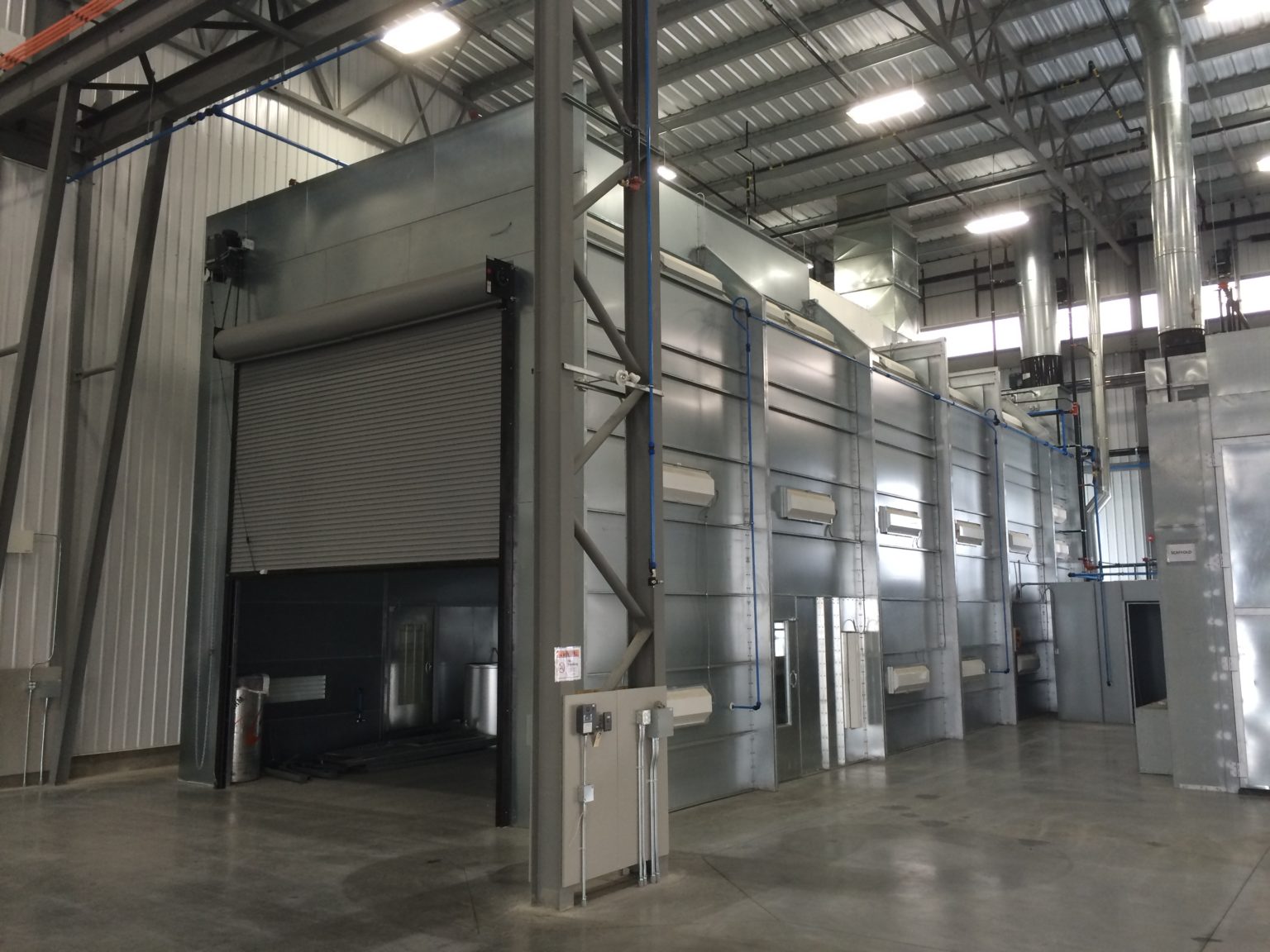Industrial sandblasters have been an integral part of various industries for many years. They are used to clean, smooth, and prepare surfaces, making them an essential tool in industries such as construction, automotive, shipbuilding, and manufacturing. Over the years, industrial sandblaster have evolved to become more efficient, safer, and environmentally friendly.

Early Beginnings
The origins of sandblasting can be traced back to the late 19th century. It was initially developed as a method to clean and restore the exteriors of buildings. At that time, sandblasting was a labor-intensive process that involved manually spraying sand onto surfaces using compressed air.
Industrial Applications
As the industrial revolution took hold, sandblasting became an essential tool in various industries. In the manufacturing sector, sandblasting was used to prepare surfaces for painting, coating, or bonding. It was also used to create specific surface finishes, such as a matte or textured appearance.
Advancements in Technology
As technology continued to advance, so did the sandblasting equipment. One significant development was the introduction of abrasive materials other than sand. While sand was the primary abrasive used in the early days, it was gradually replaced by materials such as aluminum oxide, glass beads, and steel grit.
Environmental Considerations
As awareness of environmental issues grew, so did the need for more environmentally friendly sandblasting methods. Traditional sandblasting produces a significant amount of dust and debris, which can be harmful to the environment and human health. In response to these concerns, alternative blasting methods were developed.
Modern Innovations
In recent years, the sandblasting industry has seen further advancements in technology and innovation. One notable innovation is the use of robotic sandblasting systems.
Conclusion
The history and evolution of industrial sandblasters have seen significant advancements in technology, safety, and environmental considerations. From the labor-intensive manual sandblasting of the past to the automated and robotic systems of today, sandblasters have become an essential tool in various industries.